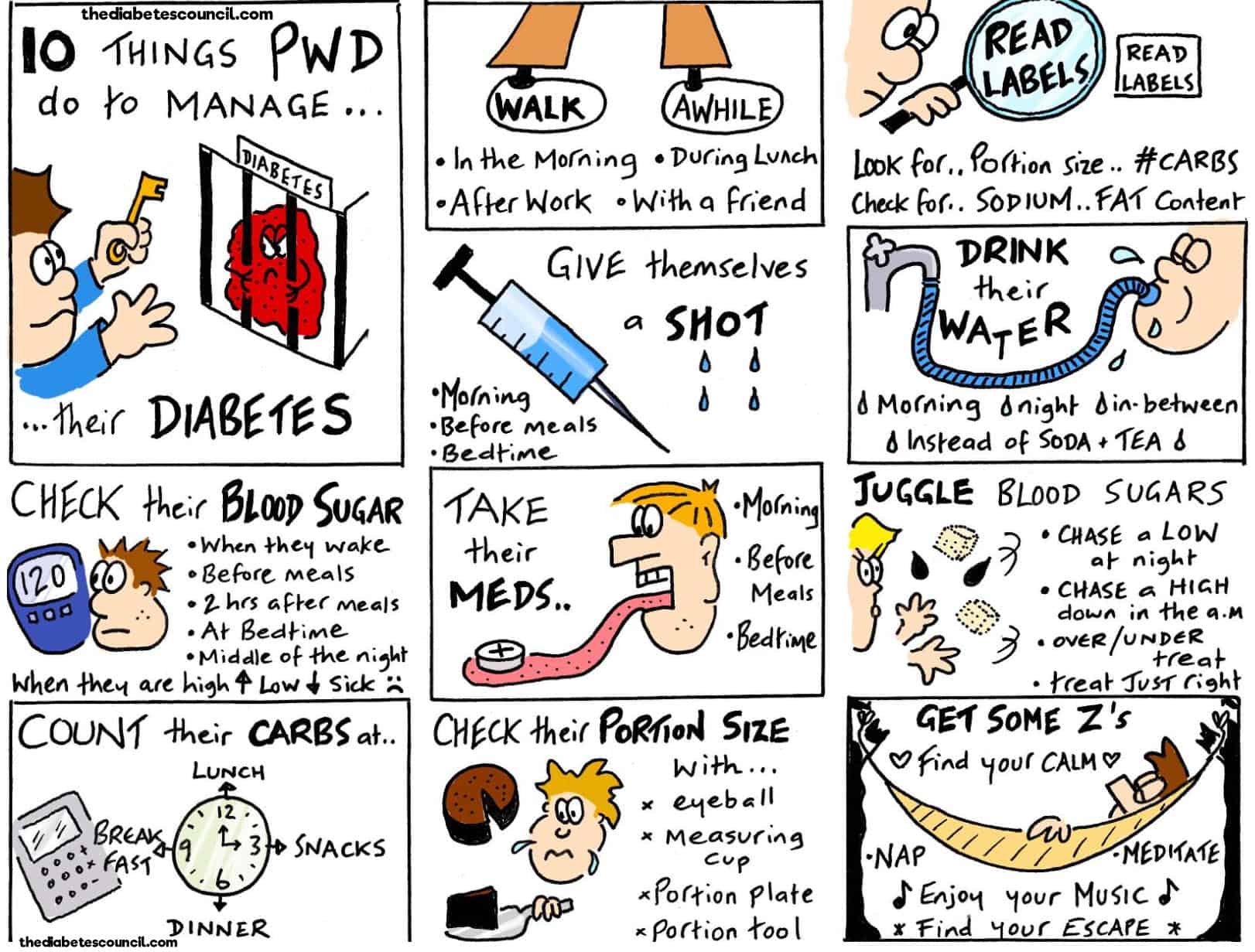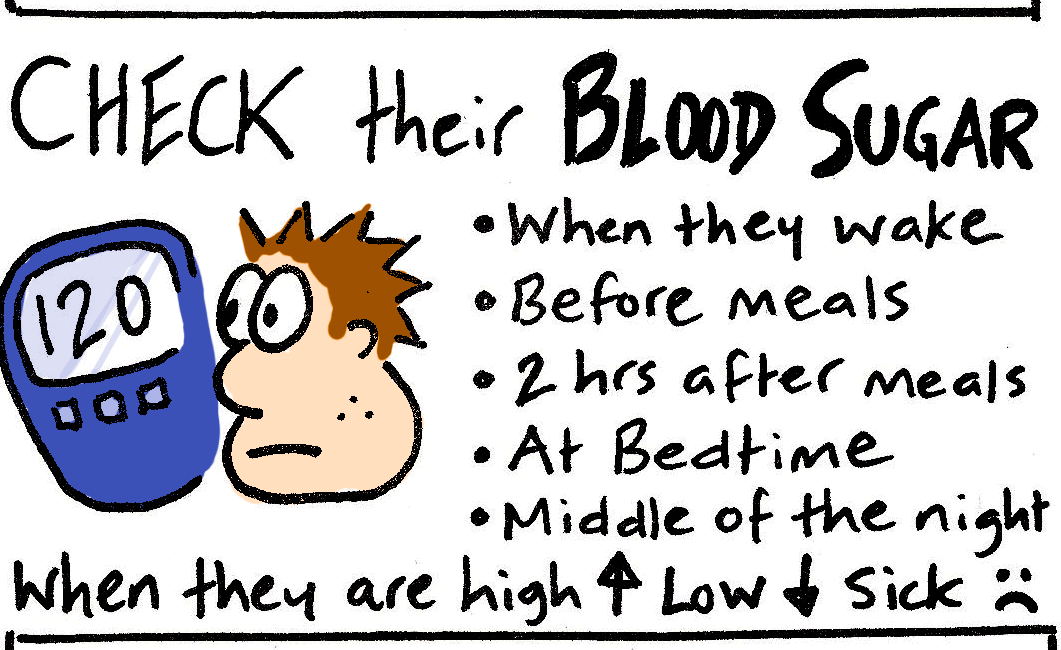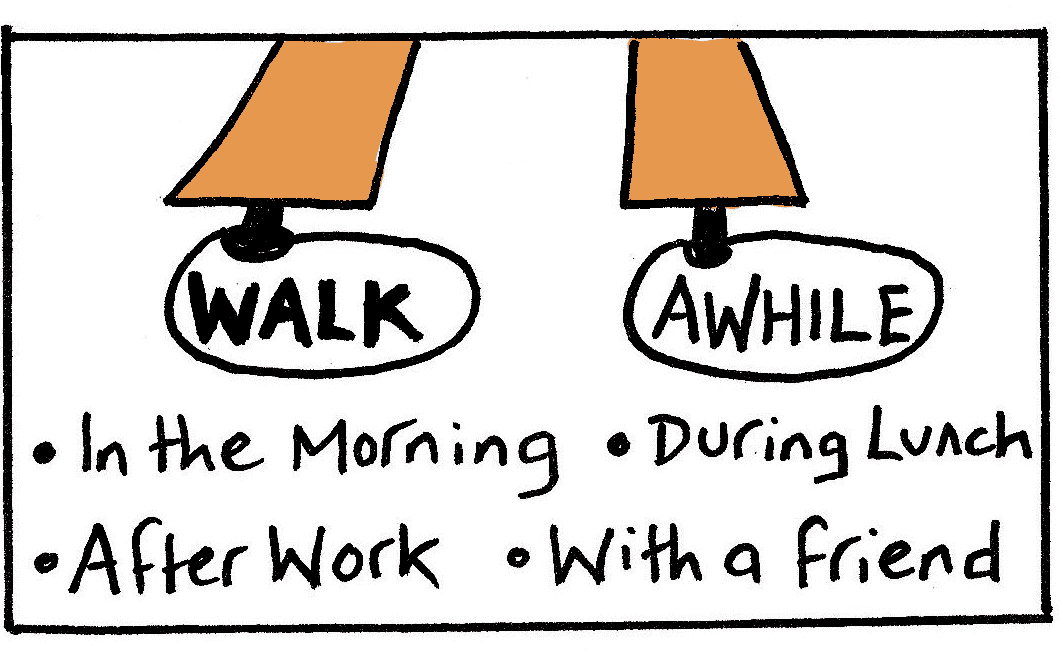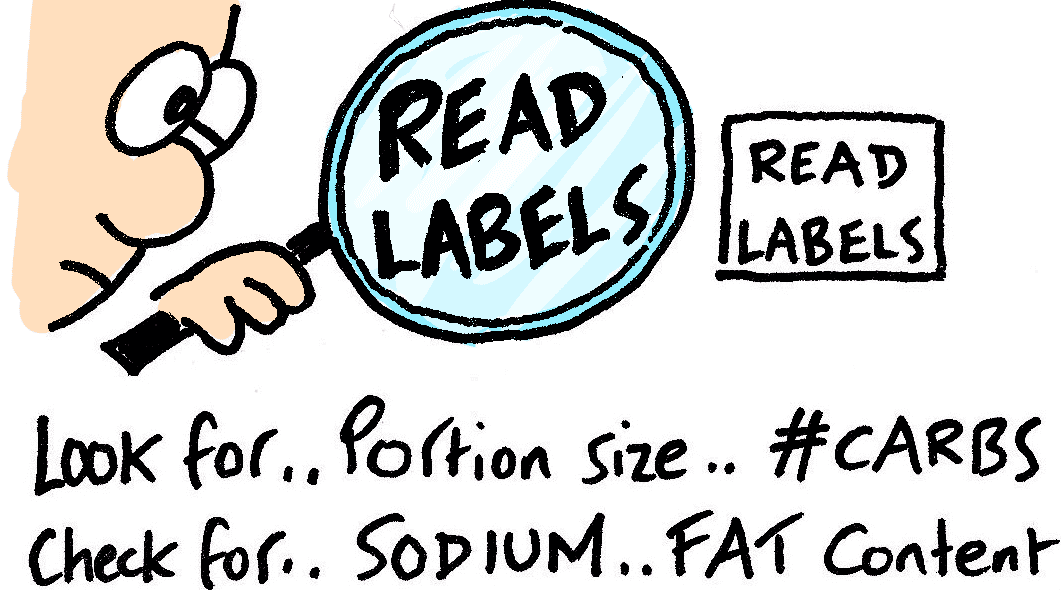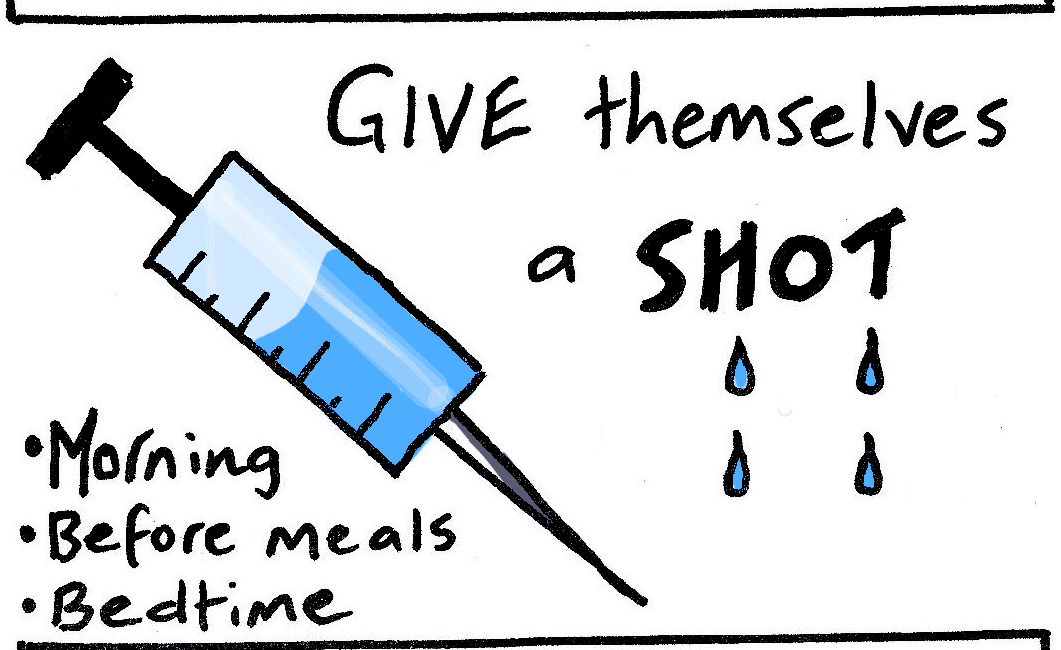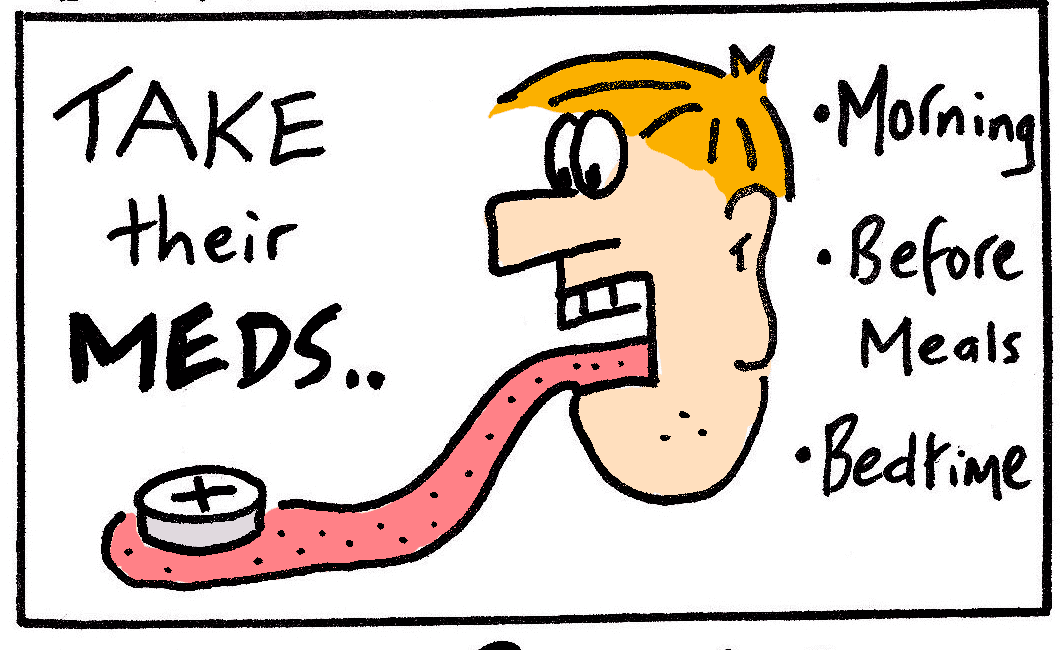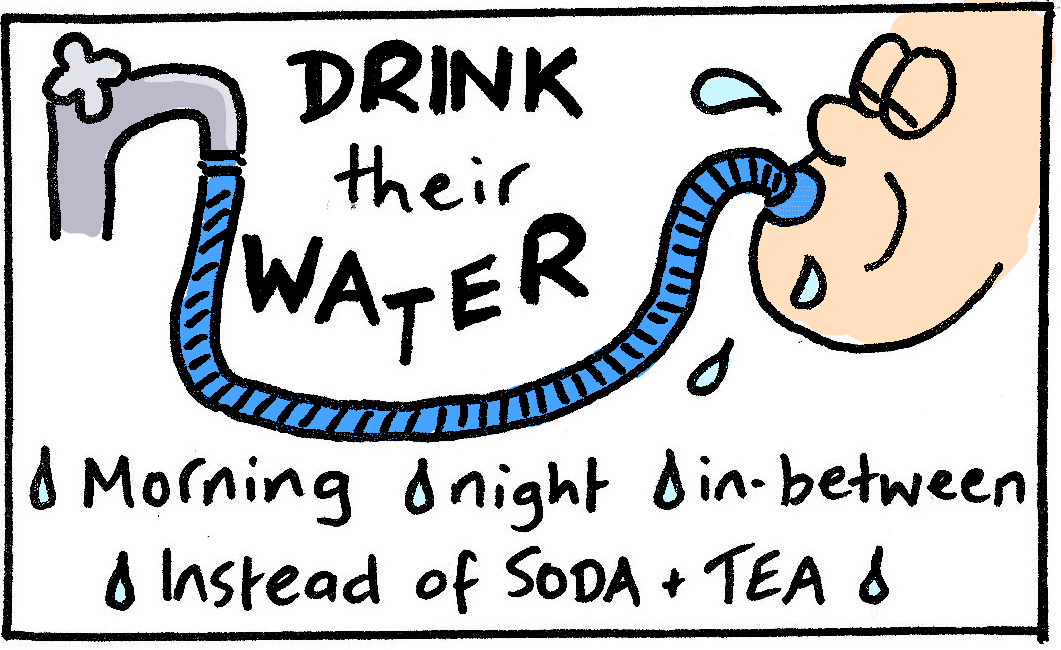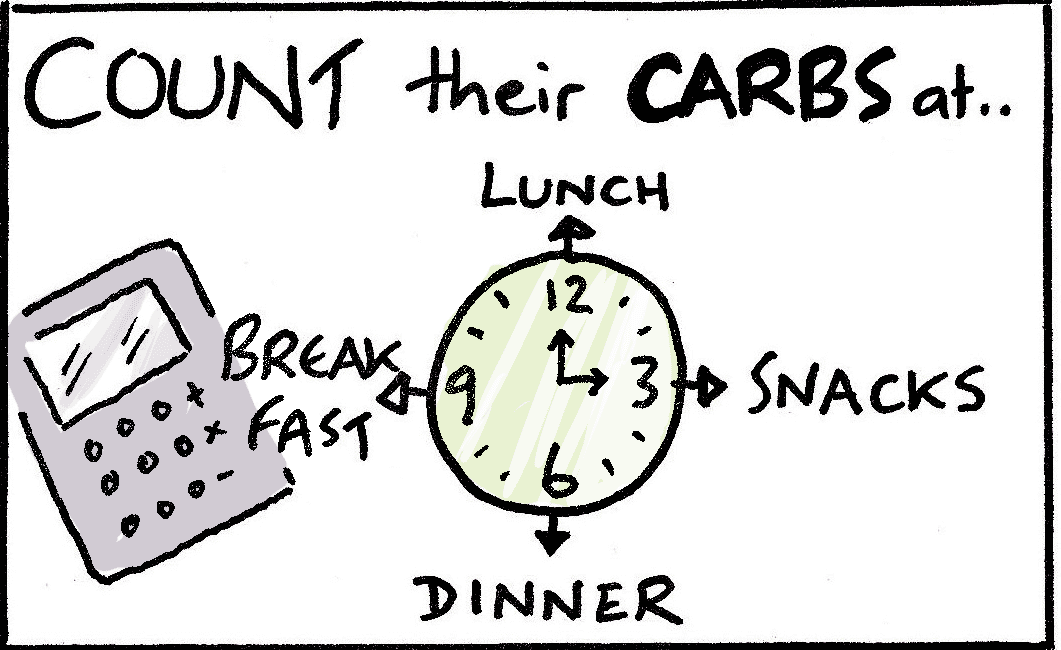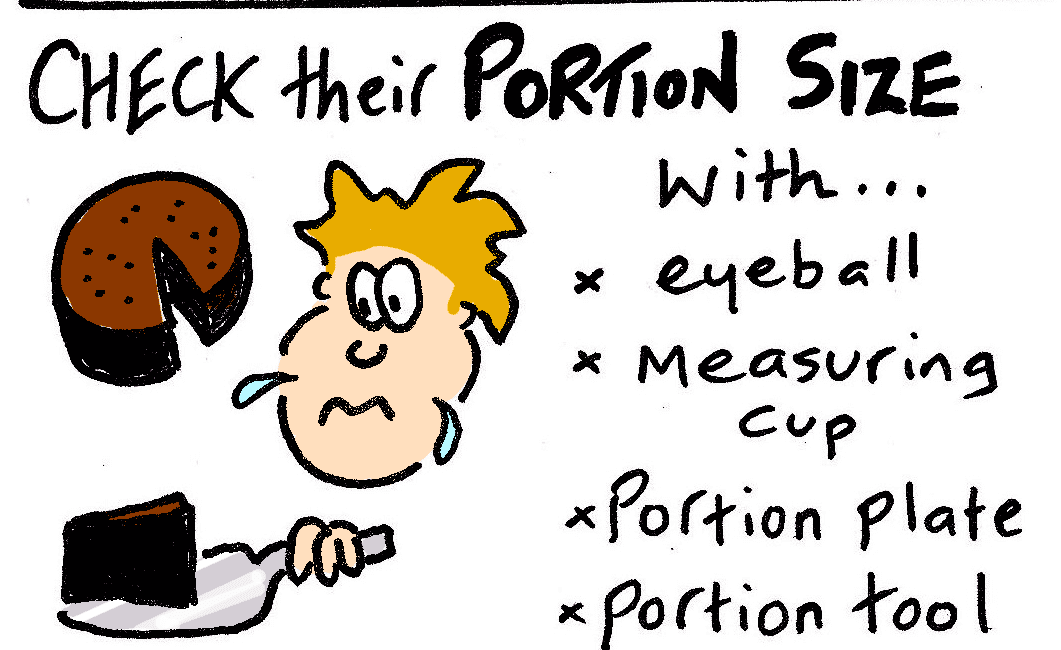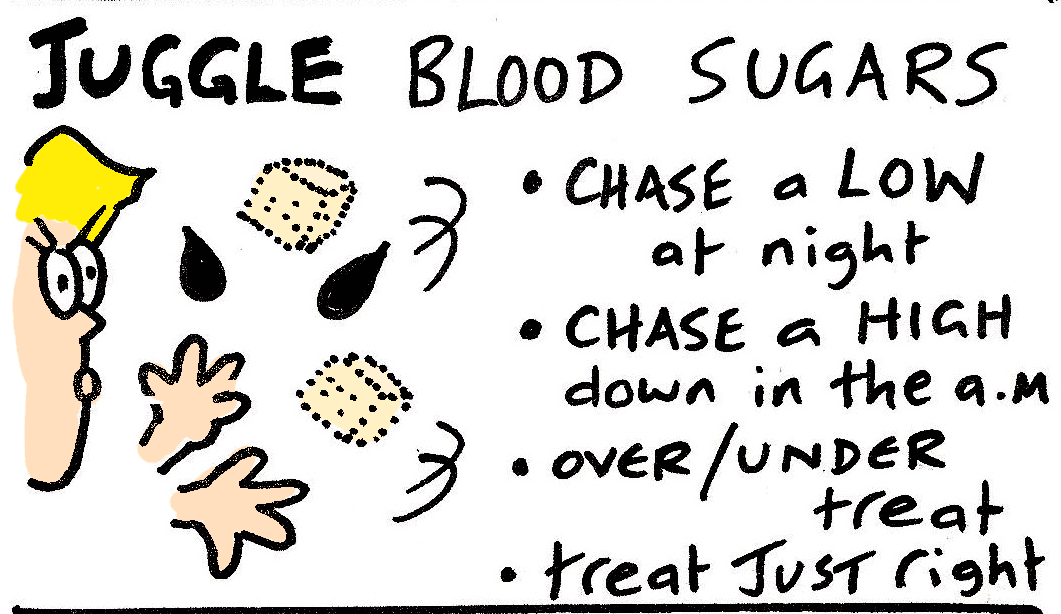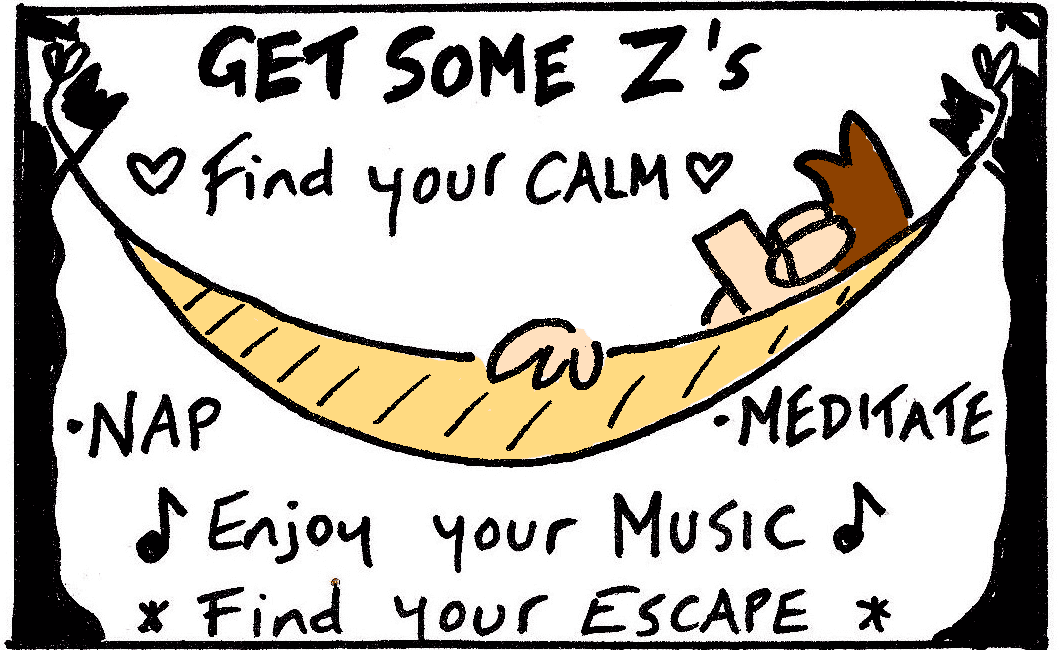Diabetes is a balancing act. Think about it - if you are a person with diabetes (PWD), you have at least 10 things to do that the person without diabetes does not have to worry about. Life can get a little frustrating when you have so much on your plate! You have to juggle your diet, your exercise, and your medications. You have to get it right!!!
If you do not take good care of yourself, you feel rotten when you have low and high blood sugars. It is a roller-coaster of lows and highs that can eventually send you crashing into the Intensive Care Unit.
And if you are like me, you do not have time for that. So you plug on - you follow your plan as closely as it is humanly possible, knowing that humans make mistakes. You do your best to listen to what those on your medical team tell you that you should or should not be doing. Still, things are never perfect.
There is the guilt. If it is not self-induced guilt, then surely your Aunt Minnie or Aunt Stell will attempt at guilt tripping you. “Should I have had that piece of pound cake now that my blood sugar is 300? It smelled so good!” you think. You then think, “No, I can bolus for it! It’s all good.” This is when Aunt Minnie chimes in to remind you that “you shouldn’t have that piece of pound cake, now SHOULD you? Didn’t your mom say you have DI-A-BEET-ES!!!?” There are also the times when you feel like you have done everything thing you can, just as perfectly as you know how, and your blood sugars still have time to ruin your day.
It is a constant balancing act that those with diabetes must perform each and every day.
Kelly’s story
When my best friend in high school was not present in our homeroom class, I always knew why that was so. It was always to do with her diabetes. She was often absent sick. That was in the 1980’s.
She was on multiple injections, and she did not have an insulin pump or a continuous glucose monitor like so many Type 1’s have today.
Like many of her high school senior friends in the 80’s, she liked to go to football games. After the games, we would go to Papa’s Pizza for beer with friends. In 1983, the legal drinking age was 18 years old where we grew up.
If Kelly went to Papa’s Pizza and drank beer, I could almost be sure that she was not going to be present for homeroom on Monday morning. I did not know much about diabetes then, but I later found out that Kelly would always crash and burn after our Saturday nights out.
Now that I think back on it as a nurse and certified diabetes educator, she never ate any pizza when she drank beer. I can only imagine how she must have felt having to deal with the low blood sugars she was getting from drinking alcohol with no food.
All I had to do was to worry about getting rid of any headaches I had the next day. She had a lot more to worry about. Now, I realize how dangerous things were, and how we could have had a real emergency on our hands on any of those nights.
Contents
1. They check their blood sugar
People with diabetes check their blood sugar first thing in the morning, before they consume any food, two hours after they eat, at bedtime, in the middle of the night, when they are high, when they are low, or when they are sick. That is a lot of times to have to check your blood sugar. Or rather prick your finger to draw enough blood (Shall we not sugar coat it-ouch)!
Then when it is high or when it is low, you have to treat it and wait awhile, then check it again. The amount of strips you go through for your glucometer can get expensive, too! When you are sick, you may be checking your blood sugar every four hours and testing your ketones with more strips that cost more money.
Not to mention that if you are a pilot with diabetes, you are checking your blood sugars before you take off, and every 2 hours in flight, then again 30 minutes before you land, but that is another story.
2. They walk awhile
It might not necessarily be walking – they probably jog or swim or go to the gym. The point is, PWD’s have to exercise. Type 2 PWD’s need to decrease their insulin resistance, so their body can use the insulin it already makes. Type 1 PWD’s need to exercise to use the insulin they inject more efficiently.
Both types of PWD’s have to think about getting a low blood sugar during their exercise routine. They have to plan ahead by taking their 15 to 30 gram carbohydrate snack before they exercise, depending on how long they exercise.
They have to pay attention to how they are feeling while they are exercising, and eat another snack if they feel weak, or wait, sweaty! Hmmm… They are already sweaty because they are exercising, so what if that is the only symptom they have? They have to think about eating another snack while they are exercising, or stop to check their blood sugar. If they stop to check their blood sugar, then they have to plan and bring those supplies with them during the workout. It is a domino effect.
If they have Type 1 diabetes, and they have a blood sugar over 240 (mg/dl) before they exercise, they have to cancel their plans, drink more water, and treat their high blood sugar, then check for ketones (again more strips!!!).
When one thinks about it, all of this work that has to go into exercising can be time and energy consuming. I’m tired already.
3. They have to read labels
Reading labels does not sound too bad, does it? But it can be a tedious thing to do every time you pick up something. PWD have to look for the serving size and the total carbohydrates, and watch for the right amount of this and that kind of fat. They need to educate themselves on the types of fat used in products. Was it trans fats? Was it saturated fats?
For more diabetic related information:
No more than 30 percent fat? How much saturated? No more than 5 gm? OK, think I’ve got it (eye roll).
If their blood pressure is high, they have got to look for the sodium or salt content to be less than 240 mg per serving, and try to keep it under 1500 mg/day. They have to try to not get confused between total carbohydrates and sugars. Wait, which one was it you go by? It is rather confusing.
Some of my clients, who are from Hispanic backgrounds, have the added difficulty of trying to decipher an English label. They must be taught to visually recognize what they are looking for on the label in another language. This can lead to stressful situations for the person who already has to deal with lots more.
PWD’s have to check their portion size on the label, they may then have to eyeball the right amount, or measure it out. They might use a portion plate or a portion tool. At any rate, they think about these things more than most people do.
They have to write down the carbohydrates and add them up, or put them in a phone app to calculate it out for them. They have to make sure that they do not consume too many carbohydrates. But wait, I’m getting ahead of myself. Let’s move on.
4. Give themselves a shot
If a person with Type 1 diabetes does not have an insulin pump, they have got to give themselves a ton of shots. It is no fun. Their skin gets tired of it. Constantly being used as a pin cushion gives you lipodystrophy.
They have to give themselves a shot in the morning right before they eat. And heaven forbid that they wait too late to eat. You just cannot get too busy to think about eating after you take your shot. Unless, that is, you wish to land on the floor, and possibly wake up as the ambulance guys bring you to a hospital, or your sister finds you and gives you your glucagon injection.
There is then the possibility that you do not wake up at all. That ranks up at the top as one of the scariest thing about diabetes.
PWD’s have to take a shot before lunch, before supper, and at bedtime. They may have to take extra shots if they have a high blood sugar. Sometimes, when they just decide not to give themselves a shot anymore, it is not a good situation.
Bryan’s story
Bryan’s sister contacted me, and apparently he was having some difficult financial problems over the past several months. He was about to lose his family home to foreclosure. Being the strong family man that he was, he went without. Being newly diagnosed, he had not been in for his self-management classes.
You see, Bryan had no insurance coverage for his insulin. He lives in North Carolina, a state which did not expand Medicaid. Therefore, he was in a gap where he could not get Obamacare and he also was not qualified for Medicaid either.
He decided, for whatever reason, not to tell his wife when he ran out of insulin. He landed in the intensive care unit in Diabetic Ketoacidosis, and after some days in critical condition, he passed away.
So you see...
Taking your insulin shots when you have Type 1 diabetes is not an option. Your pancreas produces ZERO! You NEED insulin to live.
Type 2 PWD’s have to take a lot of shots sometimes as well. When their beta cells are all worn out, they have to start taking insulin shots. They were probably used to just taking oral pills. Some Type 2 PWD’s take GLP-1 shots (not insulin), which help them keep their A1C down and even lose some weight. There are insulin shots, GLP-1 shots, Symlin shots, and all kinds of insulin shots for diabetes. Oh, joy!!!
So what do PWD’s do? – They give themselves a shot!!!
5. They take their meds
Pills, pills, pills. If they are Type 1 with complications of diabetes, they may take pills for blood pressure, for neuropathy, for circulation, for heart, for depression, etc!
If they are Type 2, they take pills, too. They take pills for their blood sugar- pills once a day, pills twice a day, combo pills, multiple pills. They take one pill to tell their pancreas to make them some more insulin. They take one pill to plug their liver so it will not dump blood sugar in their system when it thinks they are starving (like overnight).
They take pills for all the complications they have that come with diabetes. They take pills for neuropathy, circulation, heart, depression, eye drops for vision problems, prescription skin creams for a myriad of skin complications, wound treatments for diabetic ulcers, you name it.
They take a lot of blood pressure medication and cholesterol medication, because when you are a PWD with Type 2, hypertension and dyslipidemia comes with the territory more often than not.
Not taking your oral diabetes medications when you need them can land you in the hospital.
6. Drink their water
When PWD’s have high blood sugars, they can really put away some water. One man in all day class put away eight 16 oz bottles. His blood sugar was 240 (mg/dl). So if your blood sugar is really high, say 300 and above, you might as well suck on the water hose. This is all due to the high blood sugar floating around in your blood stream with nowhere to go.
There is no insulin there to pull blood sugar into the cells in your brain and your body, so it has to go somewhere. So there it goes, through your kidneys. You have got one hand on the water hose and one hand on the bathroom door.
All that liquid going out through your kidneys when you have polyuria dries your body out. You get so thirsty that you have to drink a ton of water (polydipsia). You are thirsty and not drinking so much because you want to, but because physiologically, you have to or you will be dehydrated.
Until you get your blood sugars down into your target range, Type 1 and Type 2 PWD’s can have extreme thirst.
When their blood sugars are in a normal range, PWD’s drink water anyway. They drink it instead of soda, tea, or juice. They stay away from sweetened drinks or drinks with natural sugars due to the high amount of carbohydrates in them.
7. Count their Carbs
PWD’s have to count their carbs. They count them at breakfast, they count them at lunch, they count them at supper, and they count them at snacks (up to 3 times!).
PWD’s count carbs with a calculator, in their head, by using their hand to estimate the portion size and using their memory, or by looking it up in a book or on a phone app. PWD’s have to think a lot about what they eat, and getting the right amount of carbohydrates is key when it comes to controlling blood sugars.
They learn how many carbohydrates are in the same 60-100 foods that they eat every day, which then becomes a bit easier. After all, we are creatures of habit, and we eat the same 60-100 foods each week.
Once a PWD learns this, they can pretty much look at a plate and say, “Yeah, that’s about 45 carbs for my lunch.”
PWD’s may use books, like the Calorie King Calorie, Fat and Carbohydrate Book to look up the carbohydrates in their favorite foods from their favorite restaurants. They may download the Calorie King or Fitness Pal app on their cell phone or computer to track their carbohydrates.
PWD’s put a lot of energy into deciding what to eat, how much to eat, and when to eat. They also spend a lot of time in preparation - doing the grocery shopping, packing snacks or lunches for work and school, and cooking.
8. They check their portion sizes
PWD’s check their portion sizes by reading labels, eye-balling portion sizes, estimating portion sizes with their hand, using the MyPlate method, and measuring with measuring tools. They may use portion plates, portion tools, phone apps and many other sources to look up the portion size of their foods. Why? Because when you are a PWD and you eat large portions of carbohydrate-containing foods, you could end up with a high blood sugar. This may be of interesting read: What a High Blood Sugar Feels Like.
9. They juggle blood sugars
First, you were high, and then you took a bolus from your insulin pump. Now you are low so you consume a snack. You wait 15 minutes. You check your blood sugar again. You are still at 63, so you eat another snack, wait another 15 minutes, and check your blood sugar again. You are now over 200 (mg/dl). You are drinking water. You are deciding if you should give another bolus. No, you will wait and see a little longer.
It is a juggle, alright. All that juggling highs and lows can wear a PWD out. The highs give them fatigue, the lows make them weak. If you get sick – forgetaboutit!!! You have blood sugars bouncing all over the place.
Did you mean to join the circus? I think not.
PWD’s wake up at night with a low, and sometimes find themselves devouring food from their fridge at 3 am, with no recollection of how they got there. The confusion from a low blood sugar sends them running for sugar. From Mildred, who woke in the middle of the night covered in chocolate from a Valentine’s candy heart she had hidden in her headboard, “I ate the entire box, and I don’t remember doing it.”
With all of this crazy juggling stuff going on, this may be an interesting read for you: What a Low Blood Sugar Feels Like.
10. They get some Z’s
Or not. They should. PWD’s need rest after doing the whole exhausting list of things that they have to do every day of their life. Juggling and balancing all the time can take its toll on PWD’s. Oftentimes diabetes itself makes it hard to get some good rest. They toss and turn from fatigue and muscle aches, suffer from depression, and can get to worrying about so much more than the average person if they let themselves.
PWD Heroes
Hats off and bow to all the PWD heroes that manage to pull it off. They manage to live healthy with diabetes. By looking at the list above, their daily “To Do” list, it is pretty obvious that it takes a strong person to truly manage this disease. We hope that this article will help you to understand what it may be like to be a PWD, so that you may better understand your family members and friends with diabetes. We, here at TheDiabetesCouncil.com, strive to promote awareness of diabetes and to educate and empower people with diabetes and their families.
Further reading:
Over to you
We welcome reader’s comments in the comment section below. If you have anything interesting to share related to the topic of things that PWDs do to manage, we would love to hear from you!!! Also please share this article with anyone who might find it useful.
TheDiabetesCouncil Article | Reviewed by Dr. Sergii Vasyliuk MD on June 08, 2020


